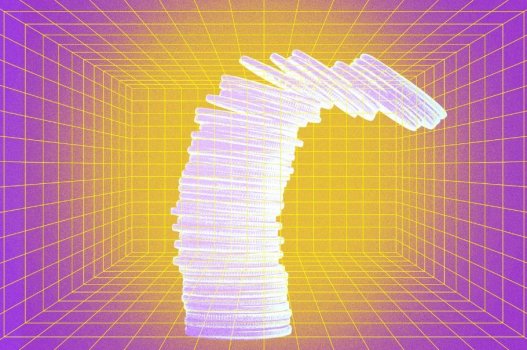Many Web3 founders approach their work with a missionary-type zeal. They not only want to build products and make money, but also to rewire and improve the economic power grid and the old order of human affairs. To them, Web3 is not merely a technology toolset but a grand social and economic experiment playing out in real time.
But as their vision moves closer to reality, Web3 has a new challenge: How to scale this technology to meet the demands of enterprises and onboard the next billion users, without trading away the very thing that makes blockchains a powerful tool—their decentralized, trustless, immutable nature. (This tension will be a central theme of the Blockchain Research Institute’s upcoming event, W3B and Blockchain World, where builders will present on how they plan to shake up a wide variety of industries.)
Decentralization has been a cornerstone of Web3 since the beginning. In a 2019 interview for my book Financial Services Revolution, MakerDAO co-founder Rune Christensen described what he saw as the core features of a DeFi application: It must be tamper-resistant (difficult to shut down), run on a blockchain, and be trustless, meaning as a user you’re not relying on a central party or platform. This essentially describes how decentralized applications ought to work in theory.
Continue reading: https://fortune.com/crypto/2022/10/18/decentralization-vs-growth-a-practical-way-to-bring-web3-to-a-billion-people/
But as their vision moves closer to reality, Web3 has a new challenge: How to scale this technology to meet the demands of enterprises and onboard the next billion users, without trading away the very thing that makes blockchains a powerful tool—their decentralized, trustless, immutable nature. (This tension will be a central theme of the Blockchain Research Institute’s upcoming event, W3B and Blockchain World, where builders will present on how they plan to shake up a wide variety of industries.)
Decentralization has been a cornerstone of Web3 since the beginning. In a 2019 interview for my book Financial Services Revolution, MakerDAO co-founder Rune Christensen described what he saw as the core features of a DeFi application: It must be tamper-resistant (difficult to shut down), run on a blockchain, and be trustless, meaning as a user you’re not relying on a central party or platform. This essentially describes how decentralized applications ought to work in theory.
Continue reading: https://fortune.com/crypto/2022/10/18/decentralization-vs-growth-a-practical-way-to-bring-web3-to-a-billion-people/

